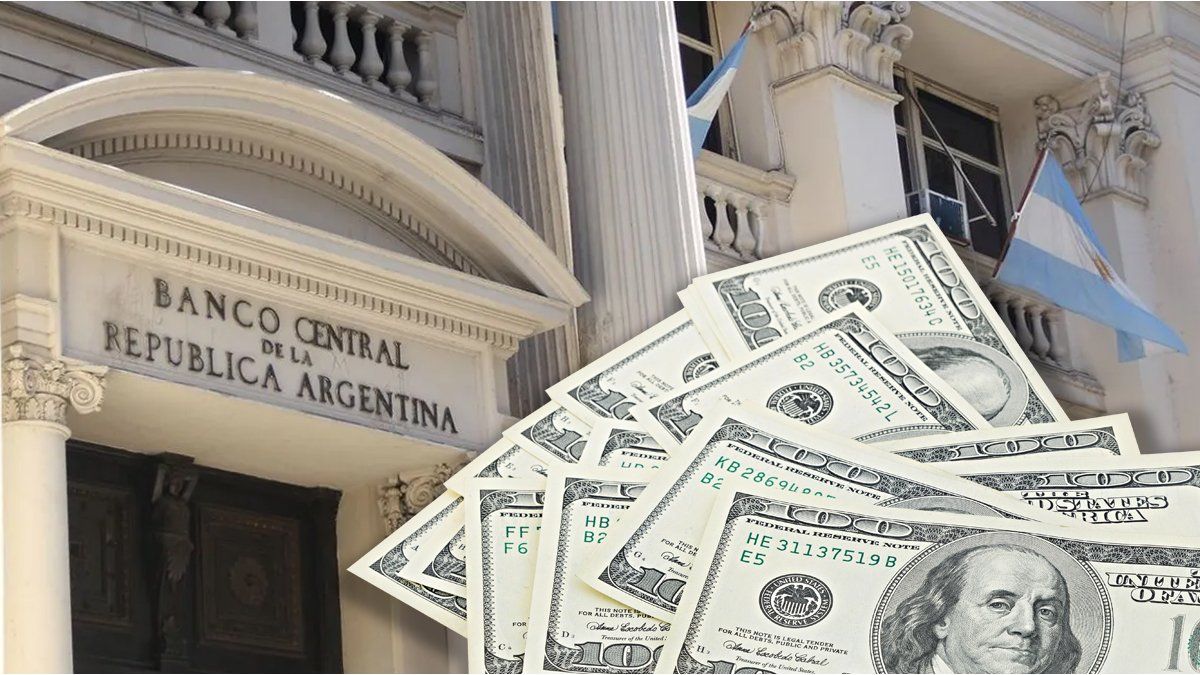Since mid-July, the gap between the official dollar and the financial ones sank from 55% to 18%. The direct intervention of the Central was one of the causes, although not the only one.
The gap between the official dollar and the financial ones has narrowed significantly in recent months. Although a good part of this contraction had to do with the greater supply of currency in the stock market due to money laundering, it was also influential the direct intervention of the Central Bank (BCRA) through the operation of public bonds.
The content you want to access is exclusive to subscribers.
According to the standardized statistics of the BCRA on the Evolution of the Foreign Exchange Market, updated until September 30, In the ninth month of the year the monetary authority used US$120 million of reserves to “step on” the gap. Thus, since the intervention began, back in mid-July, it was almost US$599 million those that were subtracted in the exchange balance for the concept “purchase and sale of securities”,


It is worth noting, however, that the figure slowed down compared to the previous two months (US$326 million had been used in July and US$153 million in August). This decrease coincided with the contribution that money laundering made to the cause.
Prior to the intervention announcement, the gap was 55%. The decline since then was very considerable, since this Friday the spread between the wholesale exchange rate and the “cash with liquid” (CCL) closed at 17.8%the lowest figure since December 28, 2023.
In addition to the aforementioned factors, the “dollar blend”mechanisms through which the Government decided to dump 20% of the foreign exchange from exports into the CCL market, which adds a lot of supply and brings down the price.
How did bookings do in September?
According to official data from the Central, reserves increased by US$454 million during September. This increase occurred mainly due to accounting adjustments (mainly variations in the prices of gold and currencies other than the dollar), since the variation in reserves due to transactions had a negative balance of US$42 million.
Public debt payments were the main pressure factor on the coffers of the entity led by Santiago Bausili. In this concept, US$1,232 million were lost; US$729 million for payments to international organizations and US$503 million for payments to private bondholders. The deficit of US$650 million in the balance of services was also relevant.the tallest of the Milei era.
Among the components that helped grow the reserves, the aforementioned contribution of money laundering stood out (reflected in “other net movements” and in the Formation of External Assets of the non-financial private sectorwhich was the third most positive since the BCRA began records in 2003) and the surplus in the balance of goods, which remained at a level similar to that of July and August (above US$500 million) although far behind the levels at the beginning of the year (which were explained by deferred payments for imports, a situation now normalized).
Source: Ambito
I’m a recent graduate of the University of Missouri with a degree in journalism. I started working as a news reporter for 24 Hours World about two years ago, and I’ve been writing articles ever since. My main focus is automotive news, but I’ve also written about politics, lifestyle, and entertainment.




